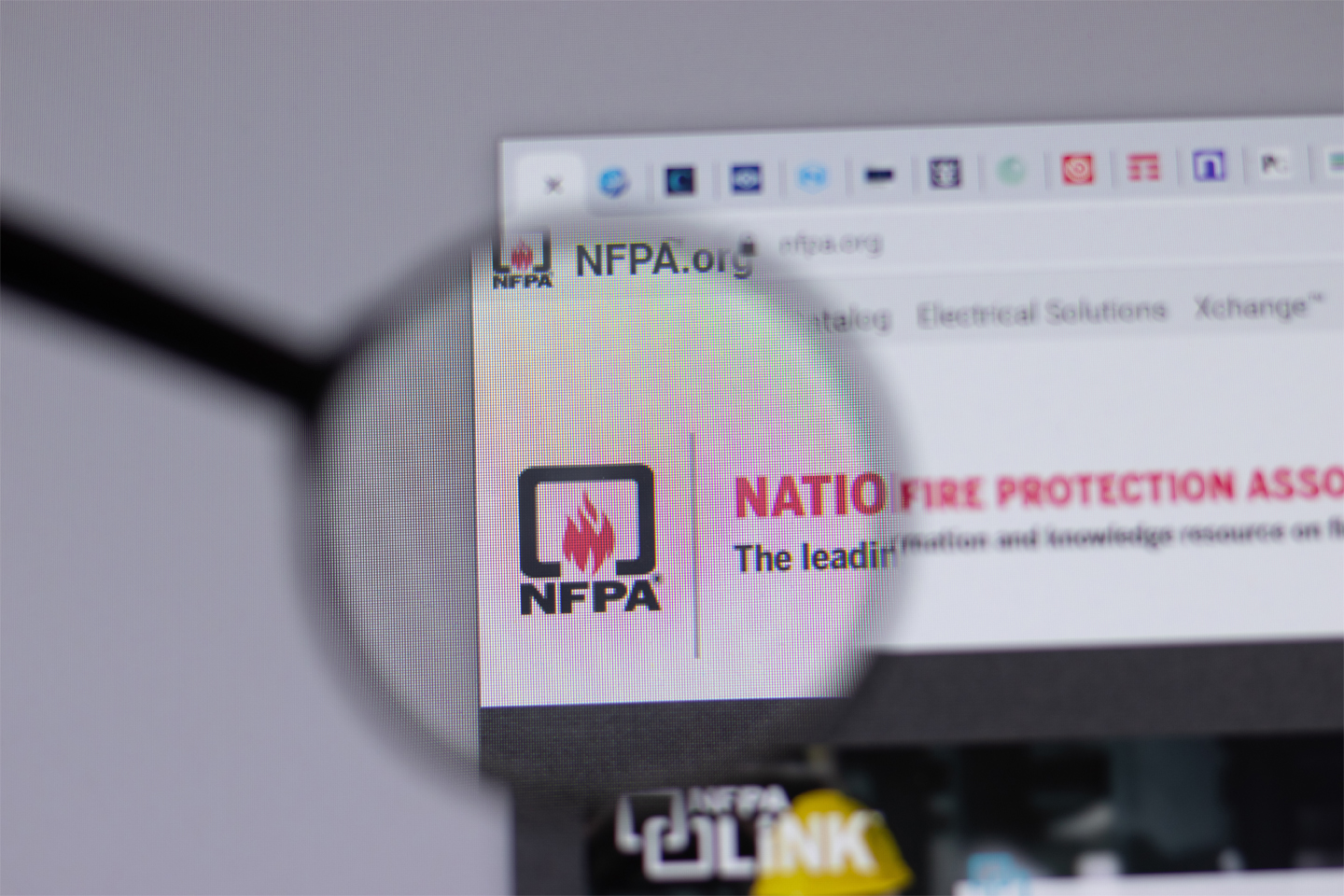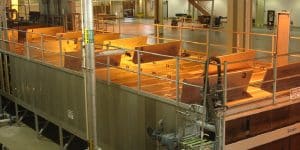 If you have operations that generate dust or you build dust-handling equipment, and especially if that dust is held in confined spaces, you should know and understand the explosion risk. Many types of dust, from aluminum to epoxy resin and corn, can and will explode if conditions are right.
If you have operations that generate dust or you build dust-handling equipment, and especially if that dust is held in confined spaces, you should know and understand the explosion risk. Many types of dust, from aluminum to epoxy resin and corn, can and will explode if conditions are right.
Vents are one way of protecting against the damage an explosion can cause. If you design or use equipment incorporating vents you should know about NFPA 68.
PREPARING FOR A COMBUSTIBLE DUST INCIDENT
Dust that can explode is called “combustible dust”. According to The U.S. Chemical Safety and Hazard Investigation Board, there was an average of almost one combustible dust incident each month in the period 1980 – 2005. If one hasn’t occurred at your facility yet, maybe it’s about to.
Prevention is always best, and as a responsible business, you’re almost certainly doing what you can. You’re trying to eliminate dust build-ups, anything that will make the dust go airborne, and ignition sources, but the risk is always present. That’s why all equipment susceptible to dust explosions must be engineered in ways that will minimize the harm done.
Fortunately, you’re not starting from scratch. The National Fire Protection Association (NFPA) has done a great deal of work on engineering methods of managing combustible dust events. This is laid out in the NFPA 654 standard, which provides an extensive set of guidelines. Where more detail is needed, they’ve put this in additional standards referenced by 654.
THE STANDARD FOR EXPLOSION VENTING
For combustible dust environments NFPA 654 references NFPA 68: Standard on Explosion Protection by Deflagration Venting. The word, “deflagration” is used to distinguish what happens from a detonation. Deflagration is extremely rapid burning but where the flame front is moving slower the speed of sound. A detonation is a faster, more violent event.
In case that makes it sound as though deflagration isn’t serious, remember that sound moves at just over 1,000 feet per second at sea level!
The purpose of NFPA 68 is to help equipment manufacturers incorporate vents and related devices into dust collectors, spray dryers, and other devices with a risk of deflagration. It addresses the design and location of appropriate vents, their installation, maintenance, and use.
Some specific aspects of explosion venting addressed by NFPA 68 include:
- The use of deflector plates
- The effects of panel inertia
- Use of vent ducts
- Flame-arresting and particulate retention systems
- Isolation devices in ductwork
- Documentation
Deflector plates are used when venting horizontally. These will direct a fireball upwards, away from where it could cause injury or damage. NFPA 68 provides equations to help with their design.
Mass is a concern with explosion relief vents because high inertia causes pressure to build before it’s released. NFPA 68 addresses the implications of panel inertia for the size of the panel needed. Essentially, a slower-acting panel must be larger to provide the required protection.
Vent ducts are used to direct a fireball outside the building. However, they should avoid bends where possible and be of an appropriate cross-section. Again, NFPA 68 provides guidance.
Flame-arresting and particulate retention systems are an alternative to vent ducts. They may be needed if equipment location makes it impractical to vent to the outside.
Isolation devices like valves and dampers installed in ductwork can help prevent an explosion from spreading through a system. They are often triggered by pressure or temperature sensors that detect an explosion.
NFPA 68 requires that businesses operating equipment with deflagration venting maintain comprehensive documentation about the devices they have, along with inspection and maintenance records.
IS COMPLIANCE MANDATORY?
As businesses learn about NFPA 68: Standard on Explosion Protection by Deflagration Venting, they often ask if they could be cited for not being in compliance. The simple answer is, yes, but the reality is a little more complex.
First, while NFPA is an ANSI-accredited standard-making body, they don’t have any enforcement responsibilities. That’s left to OSHA, or the state OSHA departments where they exist.
Second, while NFPA 68 was first introduced as a Guide, it became a Standard at the end of 2006. That doesn’t make compliance mandatory but it strengthens the importance of following it. It also means it’s not applied to equipment that was in place prior to 2007, although there are a few very specific exceptions.
Another point to note is that OSHA pays a lot of attention to combustible dust issues because of the large number of dust-related incidents over the years. More specifically, OSHA has standards that regulate dust-producing activities. In addition, businesses risk being liable under the catch-all “general duty” clause.
Furthermore, OSHA operates a combustible dust “National Emphasis Program” or NEP. This is a focused effort to make manufacturers aware of the risks posed by dust-producing activities.
So, to answer the question posed above, compliance with NFPA 68: Standard on Explosion Protection by Deflagration Venting, isn’t strictly mandatory. However, should an explosion occur, and it subsequently is discovered that a business wasn’t NFPA 68-compliant, consequences would almost certainly result.
HOW TO BE NFPA 68-COMPLIANT
The details of the standard are of greatest relevance to businesses that design and manufacture dust-handling equipment. Dust collectors, spray dryers, process vessels, ducts, and industrial structures all come under this broad description.
For the users of such equipment, two points stand out:
- When purchasing dust-handling equipment, make sure the manufacturer understands the relevant standards, including NFPA 68, and can provide all the required documentation.
- Ensure that vents are inspected at least annually, that appropriate maintenance is performed, and that all necessary records are kept.
WORK WITH A SPECIALIST IN DEFLAGRATION VENTING
If you’re designing, building, or buying equipment that presents a combustible dust risk, you owe it to yourself to understand what’s available, what’s required, and how it works.
Smart Machine Technologies has extensive expertise in venting and will be happy to help. Contact us to learn more about protecting your facility from deflagration events or click below to learn more.





 Contract
Contract Food & Bev
Food & Bev